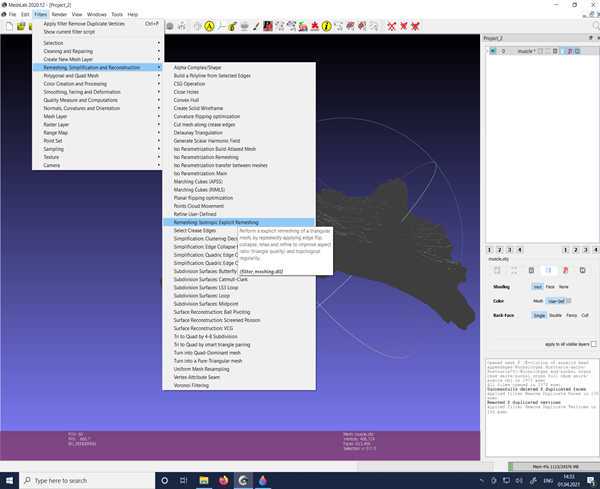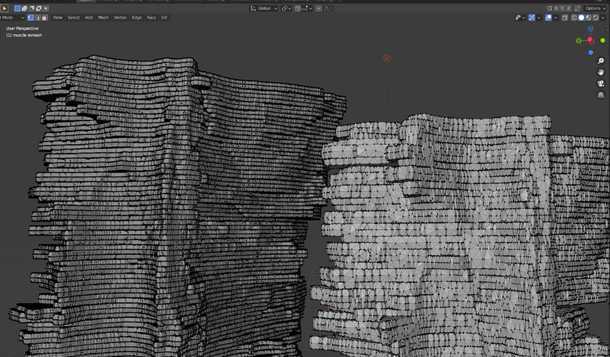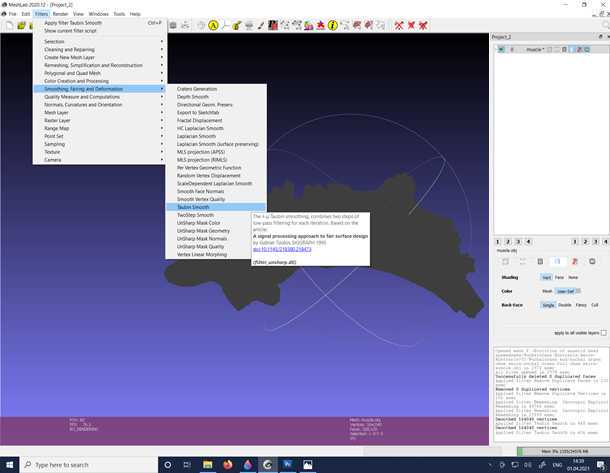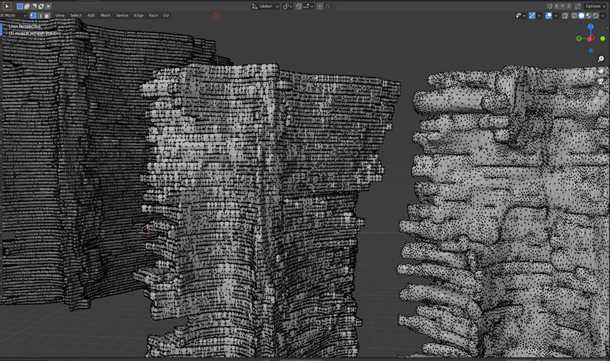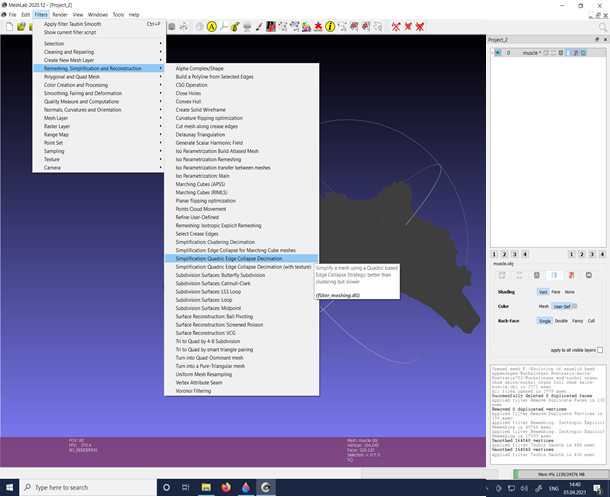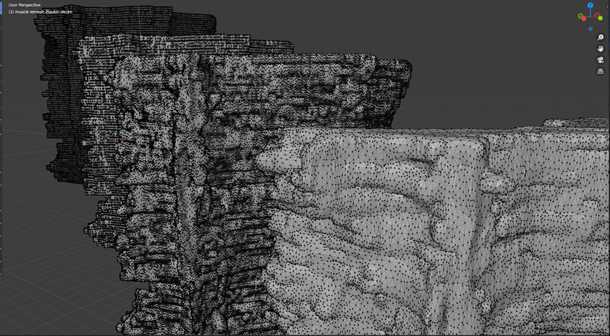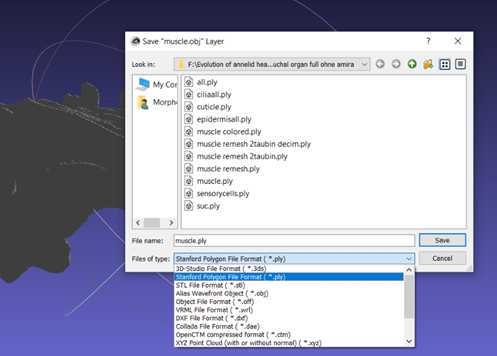S2: Step-by-step-guide using MeshLab in the work flow.
Paul Kalke, Conrad Helm
Abstract
How to do data refinements like repair, smooth and simplification in MeshLab and export as -ply-file.
Steps
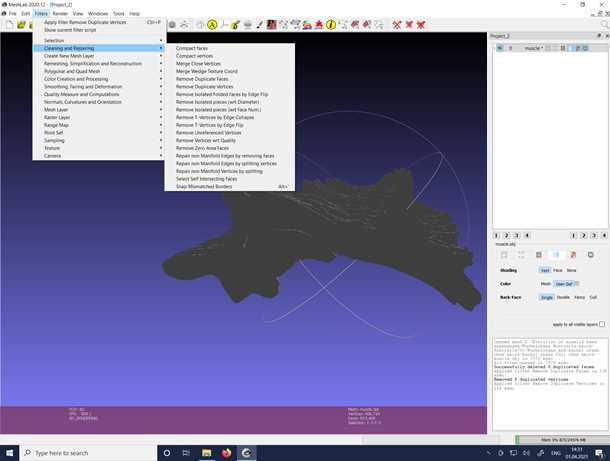
•Open MeshLab
•First step is Cleaning and Repairing your mesh-irrelevant if it is generated by Image J, Amira or any other software, the steps are the same
•Often used procedures/steps:
-
Remove Duplicate Faces
-
Remove Dublicate Vertices
-
Merge Close Vertices
-
Repair non Manifold edges by…
•Just try out, the results are written in the downright white window
--> Also see: more specific
https://www.youtube.com/watch?v=aoDLrXp1sfYhttps://www.youtube.com/watch?v=j9EKk3Bs1TQhttps://www.youtube.com/watch?v=gWBm5XGRJOk
--> more general
Mister P. MeshLab Tutorialshttps://www.youtube.com/playlist?list=PL8B1E816EAE236B4D
